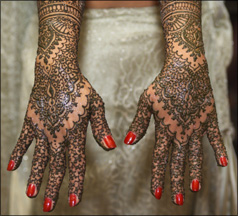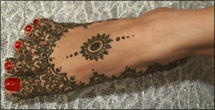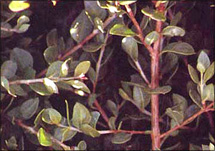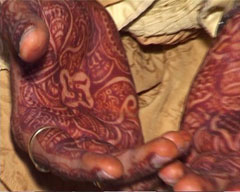 |
| Recipe |
| Traditional Practices |
| Medical Uses |
| Designs |
| Celebrities Wearing Henna |
| Contact |
| Introduction Henna also known as Mehndi, has a long history of use in Eastern cultures, particularly in India, Arabia, and North Africa. But why is Henna so popular today? Some say, that it is simply a fashion trend inspired by Hollywood stars like Madonna, Liv Tyler, Demi Moore, and Prince. But these performers cannot be credited fully for the popularity of Henna for its use. Henna is still used in Eastern cultures, and in today’s multi-cultural society, it was just a matter of time before it was available in the western countries. It is a fundamental human urge to use the skin as a canvas for the artistic expression. Another attraction of is that it is not permanent. One can try out different designs without their being permanent or painful, which real tattoos can be. As we all know, fashion changes rapidly, and what is in vogue today may well be outdated tomorrow. With Henna one can change their design as their tastes and fashion demands. It is easy to apply yourself or with the help of a friends. Henna has become widely available in the late1990s due to the public demand. In major cities you can you can walk into some beauty salon and have a Henna design applied to your skin by a professional, for the right price. Henna will continue to be used in its traditional designs, as well as the more recently developed modern application methods, for many years to come. About Henna Plant |
 |
 |
|
|
|
 |
|
 |